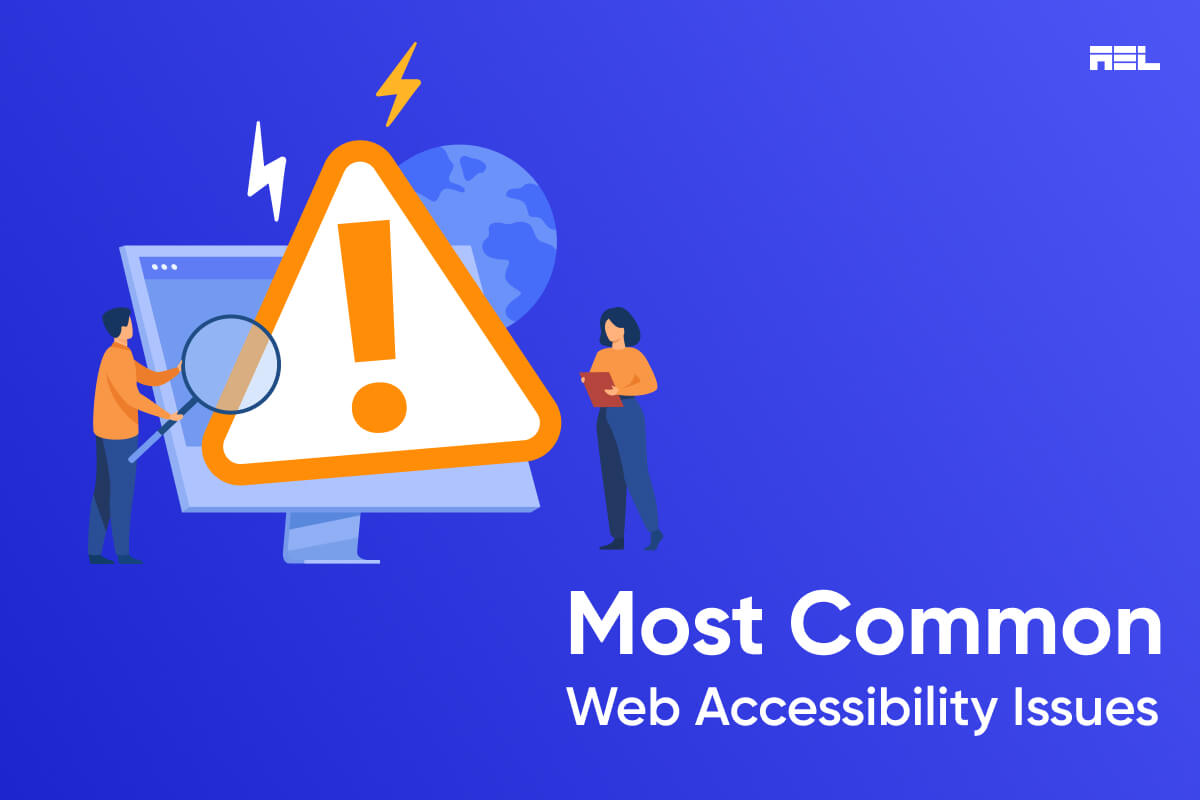Unlocking the Secrets to a Longer Life
Discover simple yet effective tips to enhance your longevity and well-being.
Web Accessibility: Making the Internet a Friendlier Place for Everyone
Unlock the web’s potential! Discover essential tips for making the internet accessible and friendly for everyone.
Understanding Web Accessibility: Key Principles and Guidelines
Understanding web accessibility is essential for creating inclusive digital experiences for all users, including those with disabilities. The Web Content Accessibility Guidelines (WCAG) provide a comprehensive framework that outlines key principles to enhance accessibility. These principles are categorized into four main areas, often referred to as the POUR principles: Perceivable, Operable, Understandable, and Robust. Each principle serves as a foundation for ensuring that content is accessible to people with varying abilities. For instance, making text alternatives available for non-text content is a fundamental aspect of making web information perceivable.
Furthermore, following these guidelines not only improves accessibility but also enhances overall user experience and can even boost SEO rankings. When you prioritize accessibility, you ensure that a broader audience can engage with your content, leading to increased visibility and potential user retention. Consider integrating tools such as WAVE to assess your site’s compliance with accessibility standards. Ultimately, by committedly applying the principles of accessibility, you not only fulfill legal obligations but also create a more equitable digital landscape for everyone.

Common Web Accessibility Mistakes and How to Avoid Them
Web accessibility is crucial for creating inclusive online experiences, yet many websites fall short due to common mistakes. Some of the common web accessibility mistakes include failing to provide alternative text for images, which is essential for users relying on screen readers. Another frequent error is neglecting keyboard navigation, leaving users who cannot use a mouse struggling to navigate your site. To avoid these pitfalls, ensure that all images have descriptive alt tags and implement a comprehensive keyboard navigation system. For a detailed guide, check out W3C's Web Accessibility Tips.
Additionally, color contrast plays a significant role in web accessibility; many sites inaccurately choose color schemes that do not provide sufficient contrast for visually impaired users. Make sure to use high-contrast colors and test your site with tools to evaluate accessibility. Furthermore, avoid using jargon and complex language, as this can alienate users with cognitive disabilities. You can learn more about improving color contrast and simplifying your content at WebAIM's Contrast Checker. By addressing these common web accessibility mistakes, you can create a more accessible and user-friendly website for everyone.
How to Evaluate Your Website's Accessibility: Tools and Techniques
Evaluating your website's accessibility is crucial to ensure that all users, including those with disabilities, can navigate and interact with your content effectively. A good starting point is to utilize automated accessibility testing tools such as WAVE and AIGA's Accessibility Checklist. These tools analyze your web pages for common accessibility issues and generate detailed reports on errors found. Additionally, manual testing techniques like employing keyboard navigation or using screen readers can provide insights into user experience for individuals with disabilities, highlighting areas that automated tools might miss.
Once you have gathered data from both automated and manual testing, it’s essential to prioritize fixes based on the severity of the issues. Start with critical errors that significantly hinder accessibility, such as missing image alt text or improper heading structures. To further enhance the accessibility of your website, consider conducting user testing with individuals who have disabilities. This real-world feedback can be invaluable for understanding how effectively your site meets various accessibility standards, such as the WCAG 2.1 Guidelines. By taking a comprehensive approach, you can create a more inclusive online environment.